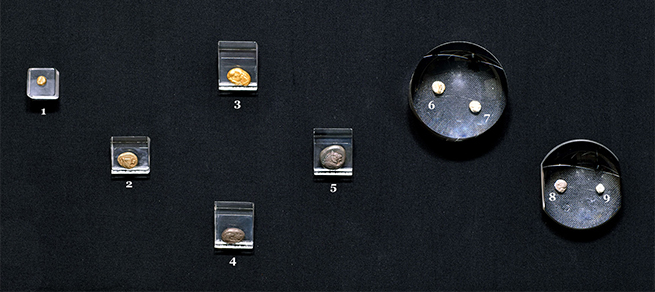
With the invention of coinage came one of the most historically important uses of money — money as a means of communication through its designs and legends. A nation’s money is often the first impression a visitor gets of the nature of a country. As such, the designs and legends placed on money have always been considered important by the authorities responsible for their issue, making money critically important to the study of history. This is especially true before the age of the printing press, when options for disseminating information were limited, labor intensive and very expensive.
Did You Know?
The expression “rich as Croesus” refers to King Croesus of Lydia (560-546 B.C.). He was the builder of the Temple of Artemis at Ephessus which became one of the ancient Seven Wonders of the World. The Lydian Empire ended when Croesus was killed by Cyrus the Great of Persia in 546 B.C.
 |
